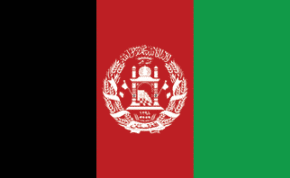
Afghanistan
Since 2001, the NATO military alliance has helped to rebuild the Afghan Armed Forces to combat Taliban resurgence. As Afghanistan is a landlocked country, the military consists of an army and air force only, and has more than 200,000 active soldiers. “We have fought alongside nearly all the nations taking part in the Invictus Games,” says Colonel Mohammad Ashraf, head of the Afghan delegation for the Games. “We strongly believe we are fighting together for peace.”

Australia
The Australian Defense Force has nearly 60,000 active personnel and a further 40,000 active and standby reserve forces. While small, it remains the largest military in Oceania. Australian troops have fought alongside Great Britain for decades and were part of the original coalition of nations to send troops to Iraq in 2003. The Australian military also fought in Afghanistan.

Canada
Canadian forces were an ally to Great Britain during the First and Second World Wars and have since been committed to multilateral military action. Canadian troops were part of the war in Afghanistan and contributed to the rebuilding of Iraq after the 2003 invasion by the US-led coalition. There are approximately 68,000 regular force and 51,000 reserve force personnel across the army, navy and air force.
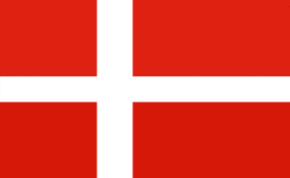
Denmark
Danish soldiers have participated in UN missions since 1948, the year before Denmark became a NATO member. Denmark sent troops to Afghanistan in 2001 and has since been part of the International Security Assistance Force, working closely with the UK. Denmark employs approximately 20,000 service personnel.

Estonia
Estonia has been a full member of NATO since 2004 and has engaged in numerous peacekeeping missions, including in Iraq, Afghanistan, Bosnia and Kosovo. Estonia also takes part in the EU anti-piracy mission off the coast of Somalia.

France
France and Great Britain have a long history of military cooperation on matters of international security. In 2010, they signed two defense co-operation treaties that included joint training and the sharing of aircraft carriers. The French Armed Forces number more than 220,000. French troops were deployed to Afghanistan in 2001.

Georgia
The Georgian Armed Forces were established in 1991 after independence was declared from the former Soviet Union. They have been participating in international peacekeeping missions since 1999, joining the US-led coalition forces in Iraq and the International Security Assistance Force operation in Afghanistan. Georgia’s military consists of approximately 37,000 active personnel.

Germany
There are 200,000 service personnel across the six service branches of the German Federal Defence Forces. It is one of the largest and most well-funded forces in Europe. German troops deployed to Afghanistan after the 9/11 terrorist attacks in New York.
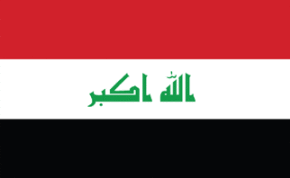
Iraq
The Iraqi Armed Forces are the military forces of the Government of Iraq. They consist of the army, air force and navy.

Italy
A founding nation of NATO and the EU, Italy is engaged in NATO transformation processes and many of the European Defense initiatives. In order to protect national security, Italian Armed Forces have been deployed to many international assistance operations. The Italian military is currently leading UN troops in Lebanon, NATO in Kosovo, EUTM in Somalia and the Naval Force EU Atlanta.
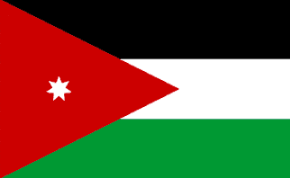
Jordan
The Jordanian Armed Forces, also referred to as the Arab Army, with all of its branches, is under direct control of the King of Jordan who is the commander-in-chief. With approximately 110,000 members, it is considered to be among the most professional in the region, and is seen as particularly well trained and organized. Jordanian forces have been integral to the Joint Special Operations Command (JSOC), founded in the mid-1990s, focusing on both internal security in support of the Middle East peace process and border security.

New Zealand
New Zealand’s military has fought alongside British military personnel for decades and is also involved in peacekeeping and observer missions, employing nearly 14,000 people. This includes 8,000 regular force, 2,200 reserve force and 2,000 civil staff members across the navy, army and air force. Troops were sent to Afghanistan in 2001 and took part in operations to rebuild Iraq after the 2003 US-led invasion.

Netherlands
The Dutch have worked alongside Great Britain and other nations during operations in Bosnia, Kosovo, Iraq and Afghanistan. The Netherlands deployed troops and aircraft to Afghanistan as part of Operation Enduring Freedom where they took part in combat operations alongside British and Canadian forces. The Dutch Armed Forces have approximately 50,000 active personnel.
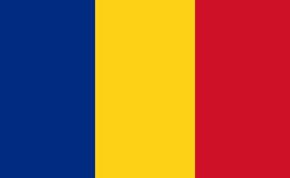
Romania
Together with allied and partner forces, Romanian troops proved willingness and capability to respond to security challenges in a continuously evolving security environment, being part of numerous UN, NATO, EU and OSCE military missions, on three continents, from 1991 to present day. From a total of over 50,000 troops that have been deployed in operations abroad, 28 soldiers made the supreme sacrifice and more than 180 were wounded in action.
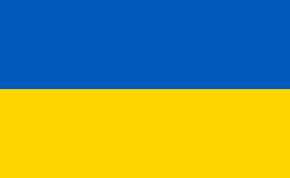
Ukraine
Totaling 260,000 personnel, the Ukrainian army is now among the largest forces in Europe, with several thousand soldiers on active duty in the anti-terrorist operation zone in the east of Ukraine. Since 1992, Ukrainian forces have been actively engaged in multiple exercises and peacekeeping missions under UN and NATO command across Balkans, the Middle East, and Africa. Ukrainian naval units also participated in anti-piracy operations off the coast of Somalia.

United Kingdom
British troops played a key role in the 2001 deployment to Afghanistan and joined the United States in the 2003 deployment to Iraq. The British military also enforced a UN-mandated no-fly zone over Libya. There are more than 200,000 active personnel in the British military and about 180,000 reservists. The country is close with the US and European nations and has the second largest military in the EU.

United States
The United States Armed Forces has more than two million members. The US and Great Britain have continued their close alliance over the past decade through engagements in Afghanistan and Iraq. Together, their commitment to and promotion of adaptive sports opportunities encourage wounded, ill and injured service members and veterans to lead more fulfilling, productive and inspiring lives.
Funding Parties



